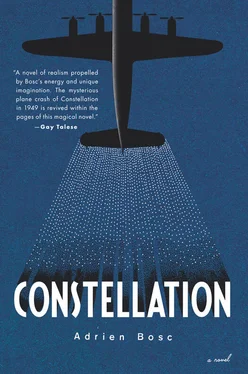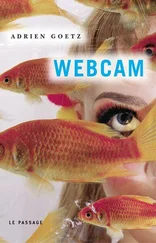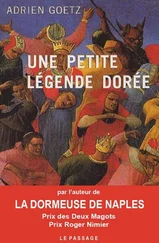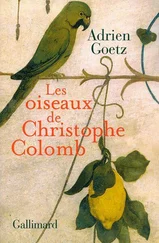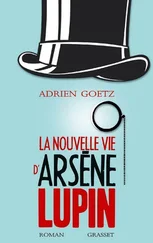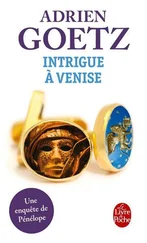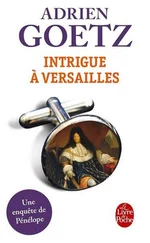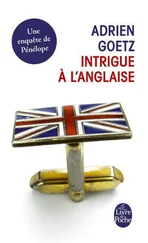
The postwar world saw the unstoppable rise of the Disney studios and, with them, of Kay Kamen’s business. In 1947, the Walt Disney Company recorded revenues of $1,048,522 just from merchandizing. Walt never missed an opportunity to congratulate himself on his partnership with Kay Kamen and praise the former salesman’s loyalty and genius. In 1949, Disney organized a grand occasion to mark the five-millionth Mickey Mouse watch, but all the hoopla hid the Disney brothers’ intention to gradually sever their ties with the Kay Kamen Company. A few weeks before the October 27 flight, Disney balked at renewing a contract that Kamen considered a lock because of the revenues it generated. Heated negotiations followed, aimed at restricting Kamen’s field of action to the domestic U.S. market. During the long hours of bargaining, Kamen had the bitter sense of being betrayed by the very people he had so often saved from bankruptcy. Others had laid the groundwork, and now Disney was looking to maximize its revenues. Kamen was the one caught in the wringer.
When he travels to Paris with his wife, Ketty, in October 1949 to promote merchandise for the animated feature Cinderella , the new conditions of his partnership have not yet been agreed on. Negotiations will resume on his return and must at all costs be concluded before the start of 1950. Fate would have it otherwise. A few weeks later, the studio decides to create a new division, Disney Consumer Products, which will handle merchandizing internally.

At a dinner at Warner Bros. in 1945, Walt Disney invites Salvador Dalí to make a short animated film along the lines of Fantasia to be called Destino (Fate). The story of the love of Chronos, the god of time, for a mortal woman, summed up by Walt in one sentence: “A simple story about a young girl in search of true love.” Intrigued by the idea, Dalí sees it as a way to animate the world of his paintings, to set in motion the labyrinth of time, as he would write. For nearly eight months, the painter goes regularly to the Disney studios, where he works with the art director John Hench on developing the short film. The project was eventually dropped, proving too costly and esoteric. What remains of it are a few sketches, a storyboard in which a woman wafts, to an Andalusian score, through the paintings of Dalí, endless deserts populated by surrealist gods and strewn with soft clocks. Can we see among them one of the five million Mickey Mouse watches, broken and dripping on the carcass of a Constellation, like The Persistence of Memory draped over Destino ?
13. On the Slopes of Redondo
A pile of rubble randomly heaped:
the most beautiful order in the world.
— Heraclitus, Fragments
At first light, the French mission, led by the inspector of civil aviation, Lévis-Mirepoix, boards an island hopper at the Santa Maria airfield for the flight to Ponta Delgada. The Portuguese authorities have given orders to leave the wreckage of the Constellation undisturbed at the crash site until the designated commission arrives. Three hours later, joined by the British and American consuls, the team starts up from the foot of Mount Redondo. Under a steady rain, along slippery paths coated in sticky and unstable mud, the investigators begin the long climb toward the crash. After several hours of walking, they reach the aircraft and meet with the team of local rescuers sent the day before. The disaster area, covering sixty acres, is cloaked in a mantle of thick fog, lapped with damp, milky folds. Flames have consumed the debris and scattered it to the four winds, and aside from five more or less recognizable corpses it seems impossible at first sight to identify the Constellation’s victims from the various limbs distributed among the rocks. The airplane lies broken, its aluminum carapace — twisted, dismembered, and grimy from the flames — has lost its bright metal reflection. Part of the fuselage, open at the roof and sunk into the ground, seems almost intact, a sectional plan of F-BAZN, in which, strapped to their seats, a dozen passengers remain. The conic tail section, planted vertically, looms over the archipelago like the Winged Victory of Samothrace . Farther along, the overturned cockpit, which rolled until it wedged itself against the rock, seems to maintain itself by levitation. The flight crew is recognizable inside from the fragments of their uniforms. Only the face of the third pilot, Camille Fidency, is intact. Like a cast from Pompeii, the young man shields his eyes from the imminent disaster with a raised forearm.
After a methodical and exhausting search, the mission discovers something a few dozen yards away. Near the corpse of a young woman, her crimson dress burned at the armholes, lies an open violin case containing a broken bow. They immediately connect it with the body of the violinist Ginette Neveu, but the inference is based only on proximity. Farther on, a cellophane envelope protects the identity card of Jo Longman, Marcel Cerdan’s manager, but no nearby corpse can be attached to it. Bending to their task, the French photographers snap their Rolleiflexes at the wreckage, while in the camera chamber, mediated by the lens, disparate pieces of the Constellation emerge. The wrinkled sheet metal underfoot in checkerboard-sized pieces looks, from a slight distance, like a collapsed house of cards. The slopes of Redondo are strewn with jewels, banknotes, gutted trunks vomiting their contents, and stray objects of value, separated from their owners and overlooked by the looters. Between two shrubs, a brown leather billfold, the property of an American citizen, John Abbott. Here, a swatch of green cloth, and there, not far away, the dress it came from, draping the wounded legs of yet another corpse. Over there, a bullfinch pecks at a fern’s sporangium, and on the mountainside, nestled on the sea-green moss, an arm.
From disorder can emerge a troubling beauty. A bee swarm, the monads spreading through the air compose, recompose, and decompose, in pointillist style, an apparently chaotic painting. Leibniz, defending the harmony of God’s plan, resorted to a painterly metaphor. Suppose, said the philosopher, that you are standing in front of a magnificent painting covered by an opaque veil in such a way that you see only a tiny portion of it; this portion will no doubt seem a blotch of shapeless color, an absurd smear randomly applied to the canvas; but remove the veil and what has seemed inchoate will suddenly make sense and reveal the maker’s artistry. The blotch is ugly only when perceived in isolation and separated from all of which it forms a part. Its ugliness is not objective, but the effect of a blinkered view, and it disappears as soon as the part is brought into relation with the whole. Chaos is a matter of scale, and, from a man’s height, the smoldering peak — like the opaque veil in Leibniz’s Theodicy — hides the perspective of a planned order.

The rescue team continues reconstructing the puzzle of Constellation F-BAZN. From a solid, gleaming, and aerodynamic body, the plane has been dispersed into a heap of sheet metal plates. The cloying smell of burnt rubber swirls and mixes in the fine mist, the charred residue floats to form a thin, blackish layer on the rescuers’ clothing. Small objects, initially overlooked, now make it possible to put names to disjointed corpses. By nightfall, forty victims have been identified. Among the puzzle pieces randomly spilled out, a watch strapped to a corpse’s wrist establishes the owner’s identity. An “M” and a “C” engraved on the back fairly shout Marcel Cerdan’s name. The stopped hands indicate ten minutes to nine, as though they had continued turning for six hours, despite the brutal impact. But the explanation is completely different, the hands show when the crash occurred in U.S. time. Day for night. The watch had progressed beyond its own fate. The boxer wore not one but two watches, one set to Paris time, the other, a Reflet by Boucheron, set to New York time. It was a present from Édith Piaf, a good-luck charm.
Читать дальше
